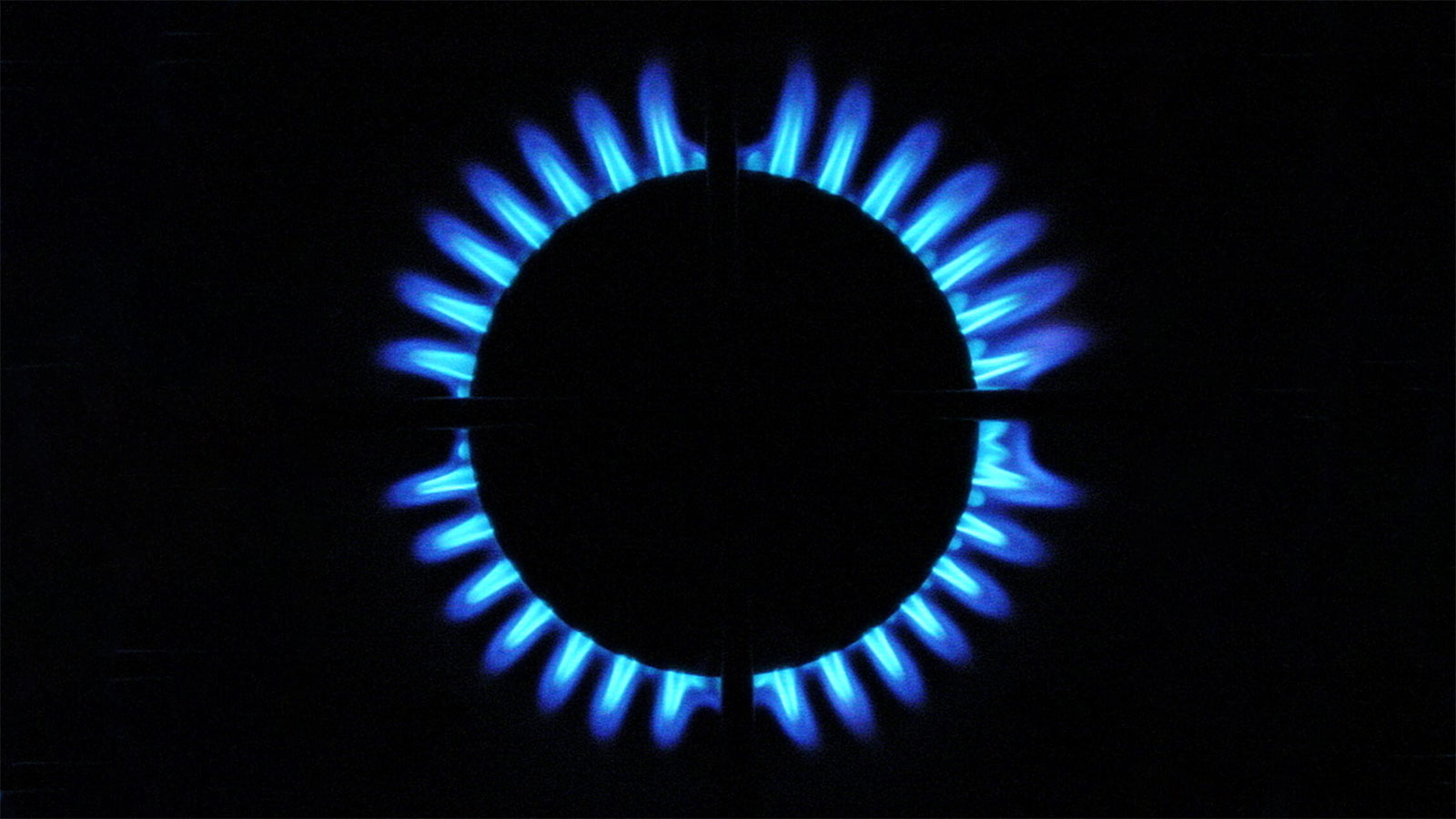Gas Stoves: Step Away From the Fire!

A big-ass gas stove parked smack in the middle of a kitchen has long signaled power, performance, and luxury. This Master of the Universe of kitchen appliances may seem sexy, but it leaks methane into your home even when it is turned off.
According to a 2002 study by Stanford University researchers, gas stoves emit far more methane—the main component of natural gas—than initially thought. They also ooze significant amounts of carbon monoxide and nitrogen dioxide, a pollutant that can trigger asthma. For children, living with a gas stove is on par with living with a smoker, according to Brady Seals, an indoor air quality expert at RMI.
If that’s not reason enough to cap your gas line, burning “natural” gas is now a more significant source of pollution than burning coal. A third of that gas is burned in buildings through water heaters, furnaces, and cooktops. That’s why California is outlawing gas hookups in new construction and eliminating all but electric appliances by 2030. In addition, Washington State’s building code adopted two recent revisions to the energy code banning gas in new businesses and apartments for heating and hot water.
Giving up gas does not mean going back to coil burners of the past: electric induction stoves are the future.
How does it work? An induction burner has a ceramic plate with an electromagnetic coil below that creates a fluctuating magnetic field that induces smaller electric currents in a pan’s metal. Since the heat is not coming from the stove but in the pan, only pots that conduct electricity poorly (like cast-iron and stainless) still will work. Copper and aluminum conduct electricity too well to generate significant heat. Got all that? Me neither, but if a magnet sticks to your pan, you’re good to go.
I’ve had an induction cooktop for years and love cooking on it, but don’t take my amateur cook word for it. The chef of Le Bernardin, Eric Ripert, switched to induction cooking in his homes (he’ll also consider doing this in his restaurants when the gas stoves break). In an interview, he told the New York Times, “It’s so much more precise than watching a flame. You can really focus on your cooking and pay attention to what’s inside the pan, not what’s underneath it.” He adds that it is much easier to wipe down the glass cooktop.
In terms of cost, low-range induction stoves are more expensive than gas (a GE Profile gas stove is around $2,200 and a GE Profile induction range is around $3,000), but when you start looking at more expensive stoves, the price difference between gas and induction narrows.
Induction stoves are Only about 3% of US homes currently have induction stoves, and that number is expected to increase (and prices fall) as building codes limit new gas hookups, but I believe this is not as much bout price as it is about changing minds. Remember the not-too-distant past when it was acceptable to light small fires on an airplane (what could go wrong?) and people sat in smoking versus non-smoking areas (it was all the same air, people!). Now we look back and realize that was crazy thinking. I predict that sometime soon, we’ll consider gas stoves the same way.
Have an Upcoming Project?
My firm offers full architectural services from helping clients to determine their needs to being your advocate during construction. I enjoy working with clients who love design and want to be part of a collaborative process.
Email me at contact@sheriolson.com to set up a time to talk about your upcoming project.
Additional Articles
(206) 720-5510 | contact@sheriolson.com

